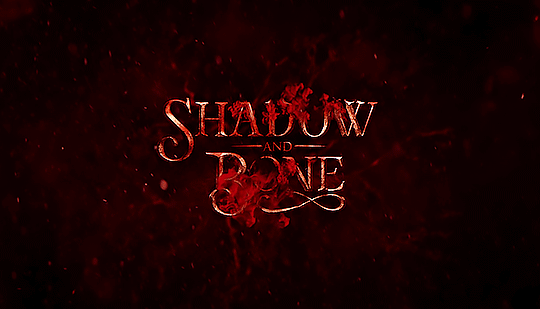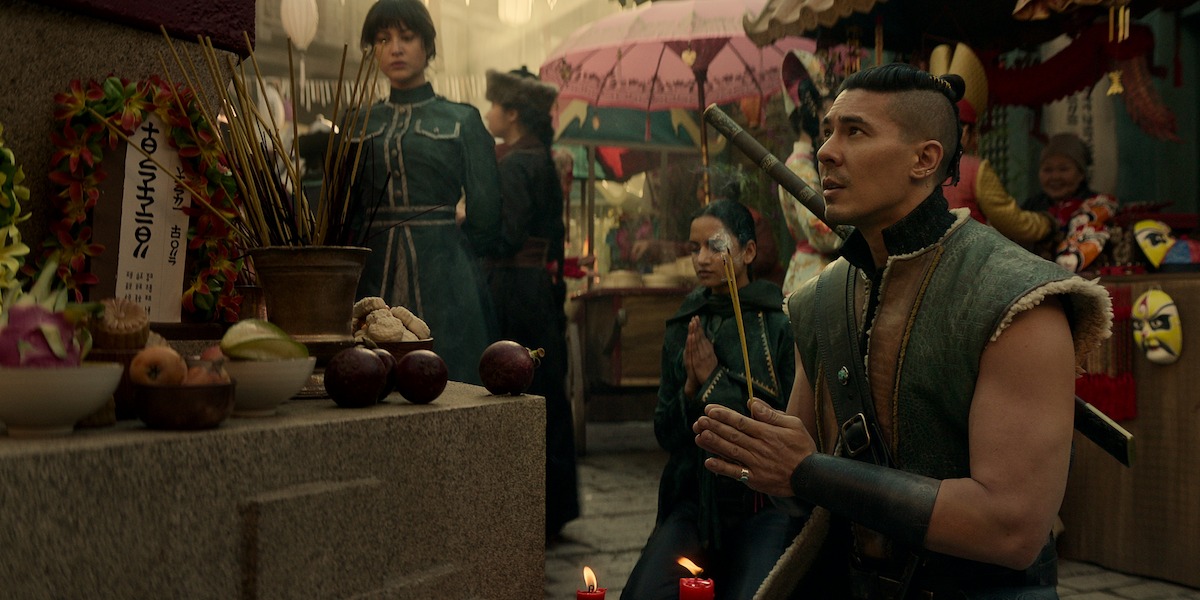The Grishaverse Nations
Shu Han, Land of Science and Summer Eternal
Leigh Bardugo’s Grishaverse is teeming with well-developed and complex characters, lore, and locations. Alongside Ravka, land of the double eagle, the nation of Shu Han is one of the first nations the Shadow and Bone books introduce us to—and that’s where we’ll be heading today!Shu Han is one of six nations in the Grishaverse. Although the country was initially introduced as one of Ravka’s bitter enemies, there is far more to Shu Han than just that. From its unique climate, to its distinct culture, to lore we just cannot stop obsessing over, Shu Han is a fascinating nation well worth delving into.
Keen to learn more about what lies beneath Shu Han’s sunny surface? Then read on!
The Real Life Inspiration Behind Shu Han
The Shadow and Bone trilogy centers around Ravka, a country inspired by Imperial Russia. For Shu Han, Bardugo therefore drew upon Russia’s neighbors China and Mongolia for inspiration. While the nation itself is entirely fictional, several elements have been recognizably adapted from its real-life counterparts. The nation’s association with animals such as horses and falcons, for instance, traces back to old riding and falconry practices in the Eurasian Steppes.Shu Names and Language
The fictional Shu language draws on a number of both East and Central Asian languages, including (but not limited to) Chinese, Mongolian, Russian, and Kyrgyz. Places and characters are given names derived from similar real life origins. For instance, the combat instructor at the Little Palace, Botkin Yul-Erdene, has both a Mongolian first and last name. As you may have noticed, the people of Shu Han also keep distinct naming conventions from the rest of the world. Instead of utilizing family names, the Shu take on their parents’ first names as surnames: girls are given matronymics with the prefix “Kir-”, and boys are given patronymics with the prefix “Yul-”.Shu Han in Shadow and Bone
In the second season of Netflix’s Shadow and Bone, the series takes both its characters and its audience along to Shu Han’s summary capital, Ahmrat Jen, in search of a legendary sword rumored to be hidden away there. When bringing the nation to life on screen, Netflix also drew directly upon traditional Chinese and Mongolian landscapes, architecture, and garments when developing Shu Han’s visual identity. Want to get a better look? Then you can sneak a closer peek for yourself by checking out the concept art for season 2 here!Land of Science, Storms, and Summer
A most clever and crafty country, it is home to the Shu people, known for their dark hair and golden eyes, and shares its borders with Ravka in the north and Kerch in the west. While the nation maintains a tentative peace with Kerch, Shu Han has long been at war with Ravka—a conflict they share with the otherwise distant nation of Fjerda.Ravka’s Enemy and Fjerda’s Foil
Like Fjerda, Shu Han was first written to serve as an adversary to Ravka in the Border Wars. Fjerda and Shu Han thus share quite a few similarities: both nations border to Ravka, both nations are dangerous places for Grisha to be, and both nations are, at least as per the original Shadow and Bone trilogy, vastly more technologically advanced than their shared neighbor.Yet Shu Han remains distinct from Fjerda—and the Grishaverse’s other nations—in several key respects, ones that are further developed upon in the later of the Grishaverse books. Where Fjerda is cold and wintery, Shu Han’s summers last year round; where Fjerda is old-fashioned and traditional, Shu Han favors science and innovation; and where Fjerda is male-dominated and operates under strictly enforced gender roles, Shu Han is a matriarchy wherein men and women are relatively equal.
In this last part, Shu Han is especially distinct from the other nations of the Grishaverse: although it is still a monarchy, as Ravka and Fjerda are, it is not a king that sits Shu Han’s throne in the series’ canon, but a queen.
The Queens of Shu Han
“MAKHI KIR-TABAN, BORN OF HEAVEN, was a queen from a long line of queens.”
—Rule of Wolves (2021, p. 3)
So goes the very first line of Rule of Wolves, the latest installment in the Grishaverse. Known as the “Taban yenok-yun”—the storm that stayed—the Taban line has watched over Shu Han since the legendary Sankta Neyar chased its last corrupt king off the throne. They are said to have been warriors who came down from the Sikurzoi mountains accompanied by their trained hunting falcons to assume the then-empty throne.
Instead of taking the names of their mothers, as is usual amongst the Shu, the Taban queens all take the name of a common ancestor: Taban, the queen who founded the dynasty, and whose name originates from Mongolia and means ‘resplendent’ or ‘shining’. A most fitting name for a dynasty associated with the starry heavens, we rather think.
The queens of Shu Han and several other Shu characters make their grand entrance in the later Grishaverse books. If you find yourself eager to learn more about them, we therefore recommend you check out …
Your Next Stop: The Grishaverse Duologies
While Shu Han’s influence is undoubtedly still felt in the original Shadow and Bone trilogy (perhaps doubly so in the Netflix adaptation, since Alina is part Shu herself), the two Grishaverse duologies that follow is where the nation really gets to shine.Particularly in the King of Scars duology does Shu Han receive quite some attention, down to Leigh Bardugo herself citing a desire to return there as motivation for writing the duology: “King of Scars felt like a natural next step to me. There’s unfinished business in Ravka, in Fjerda, in Shu Han and I wanted to play out the impact of the SoC [Six of Crows] duology on those countries[,]” she said in an interview with Bustle. If you’re curious about experiencing more of Shu Han firsthand, these duologies are definitely more than worthy entries for your reading list!
Unsure about where you’re up to in the series or where to begin? We walk you through the entire chronology (and the places where you can bend it) in From Start to Finish: Grishaverse Reading Order, so be sure to check it out!
That's It!
We hope you’ve enjoyed this crash course in Shu Han. If so, we suggest you keep an eye on the WoGV blog, for there is plenty more to come about Shu Han and all things Grishaverse! Stay tuned!Before we round off, we have to ask: Have you learned something new about Shu Han today? Let us know in the comments!

WoGV






